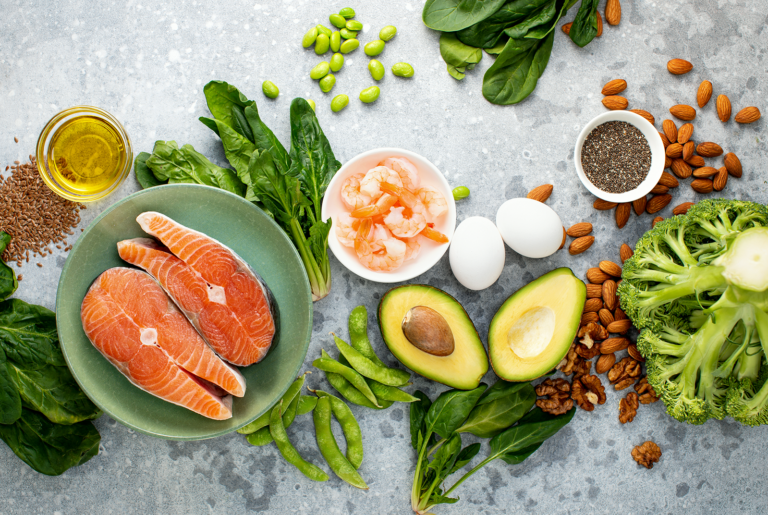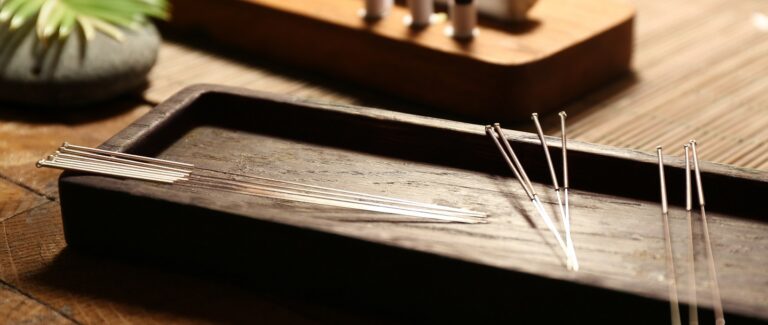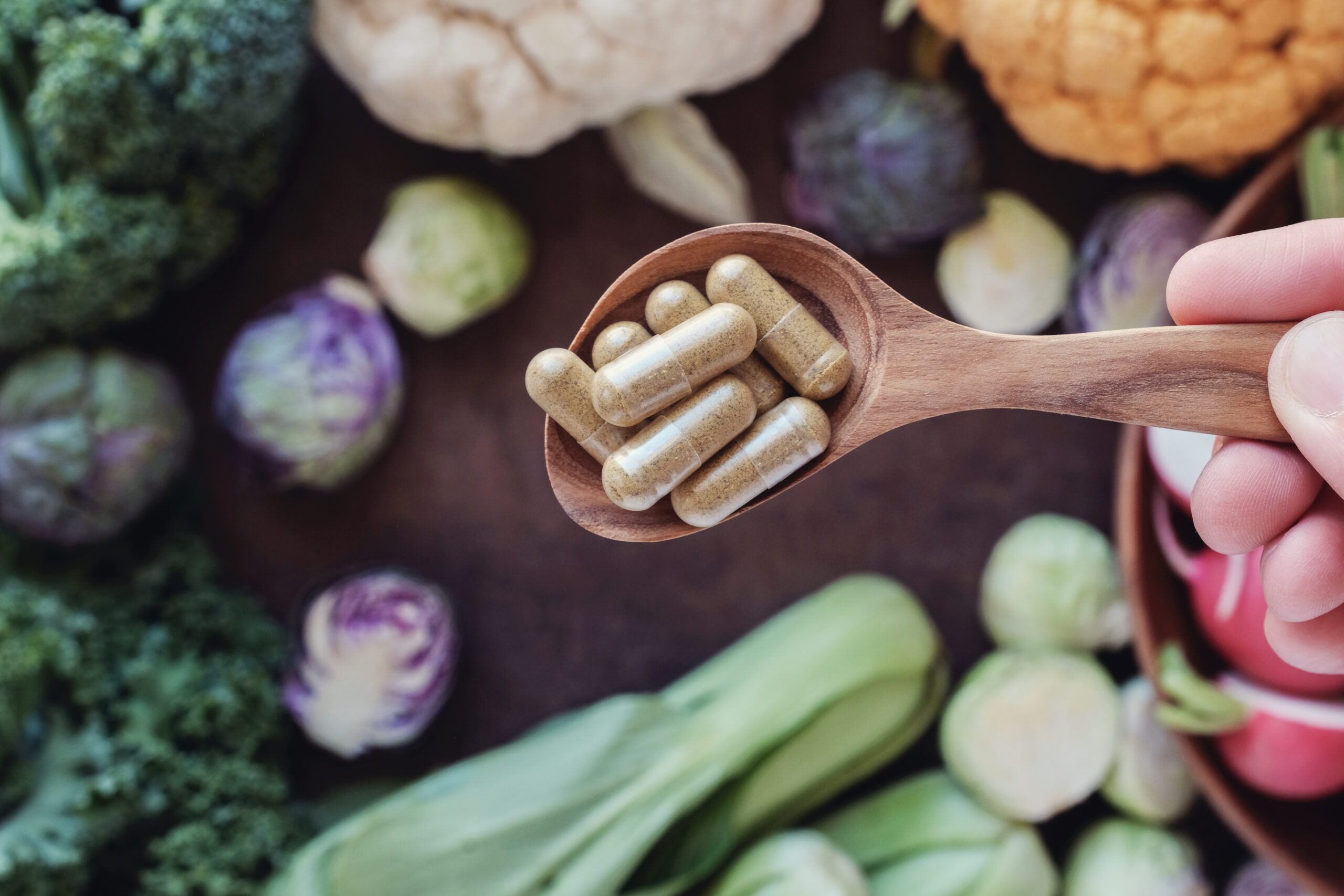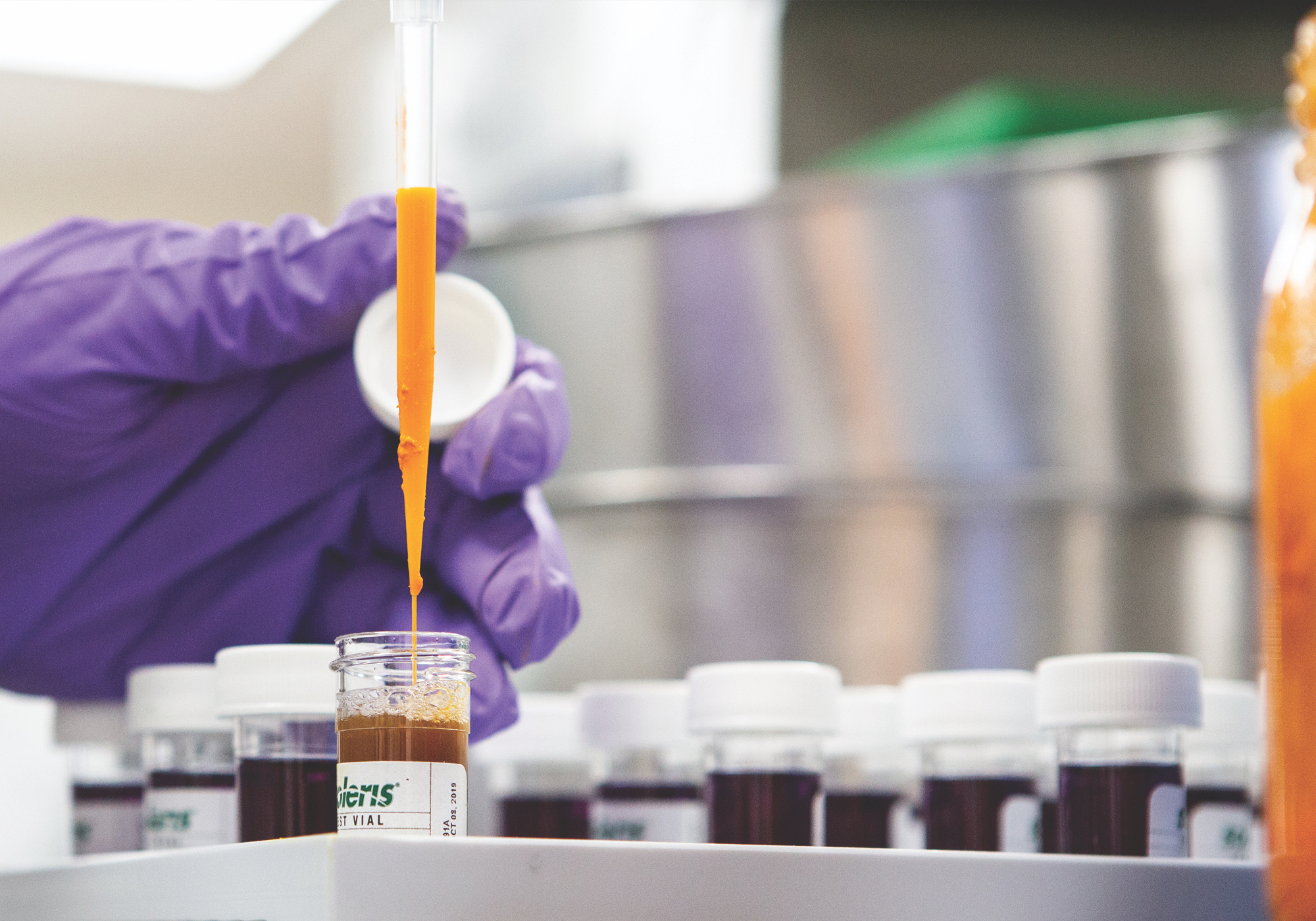Scientific name:Scutellaria laterifolia
Constituents:
- Flavonoids & Phenylethanoid glycosides (acteoside, baicalein, baicalin, apigenin, scutellarin, scutellarien & luteolin)
- Iridoid glycosides (catalpol)
- Volatile oil (limonene, terpineol, & humulene)
- Tannins
- Minerals
Medicinal actions:
- Antioxidant
- Antispasmodic
- Bitter
- Nervine Tonic & Relaxant (Neuroprotective)
- Hypotensive
Mechanism of Action & Pharmacology:
- Flavonoids & diterpenes have been shown to possess wide pharmacological actions, such as antitumor, anti-angiogenesis, hepatoprotective, antioxidant, anti-convulsant, anti-bacterial and anti-viral activities.
- Flavonoids, including apigenin, scutellarin & luteolin are antispasmodic, anti-inflammatory, and have significant antioxidant effects that will neutralize free radicals, having protective effects against oxidative stress.
- Scutellarin specifically has calming bitter effects and has demonstrated an ability to inhibit sucrase and maltase and alpha-glucosidase activity, lending potential anti-diabetic effects.
- Volatile oils limonene, terpineol & humulene are antispasmodic and anti-inflammatory.
- Flavonoids baicalin and its aglycone baicalein may play a role in anxiolytic & anti-convulsant activity, as they are known to bind to the benzodiazepine site of GABA receptors.
Pharmacy:
- Infusion
- Tincture
- Capsules
Safety & Toxicity Concerns:
- None known or expected.
Interactions:
- Theoretical additive effects with CNS depressant medications.







